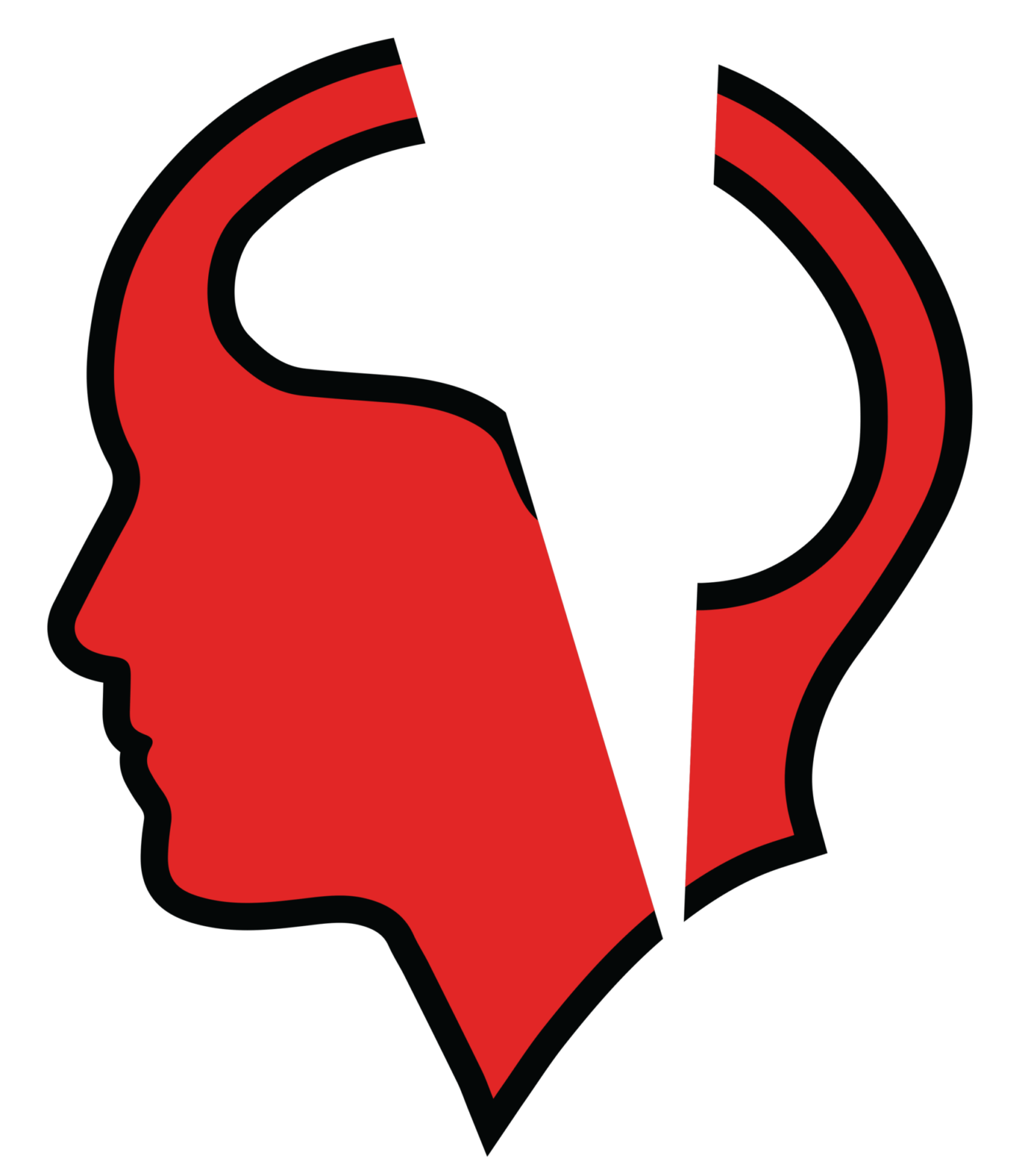We’ve all found ourselves caught in the chaos of life (heck, it’s likely to happen every day). We feel what it’s like. The mind is a mess. Every one of our minds remains open, and we’re whirling at a rate that isn’t sustainable.
According to Dr John DenBoer we might feel that we’re being tossed around, we have a fair amount of control over our lives. Instead of being constantly caught up in the current of life and its demands, we have plenty of opportunities to return to the centre. That space of constant inner peace allows us to return to our goal, define our direction, and take well-planned and efficient actions.
However, these opportunities can’t simply happen. We must create them. We must make time to be present, take a moment to slow our pace and connect to what’s happening right now, today.
Mind’s Default Mode Network
Sadly, despite the best intentions, we’re smacking up to the mind’s Default Mode Network (DMN) that kicks into high gear anytime we’re not involved in the task. Once we hit the brakes of a challenging task and decide to take a break in a quiet place, the DMN will say, “nope! Let’s think about the past and then plan, shall we?”
Dr John DenBoer said key is that we require mental tools that can help us deactivate the DMN and bring it back into the present and allow us to proceed with greater focus. One such tool is the mental anchor. These are short exercises that calm the mind. They aid in regaining control and help us focus on what’s most important right now.
Most Efficient Mental Anchors:
- A single, deep breath
- The word or phrase that is a mantra
- A focal point
If you are overwhelmed by the chaos of your day, take time to slow it down. Close your eyes, take a deep breath, and be reminded of your need to “be here now”; fix your attention on an unanimated subject (a central point) and remind yourself that you’re fine. These practices don’t last more than 5 seconds, yet their effects are significant.
Alongside aiding us in slowing to a crawl, the mental anchors also are effective tools to:
Focusing on the issue
Gaining confidence
Mental Conditioning Requires Patience
As you begin to use mental anchors, allow yourself plenty of grace. Mental conditioning requires patience, time, and lots of practising. Pick a mental anchor to start with, and then begin to experiment. You might find that taking a deep breath can do wonders. However, an anchor point seems to do nothing.
It is also possible that using a focal point in combination with a deep breathandmantra is the most effective method of bringing your mind into focus. If you cannot utilize the anchor, keep a note of it and attempt to become more attentive the next time. Work towards perfection, and eventually, you’ll realize your capacity to control your mind instead of letting it – or life take control of you.
Last Words
Dr John DenBoer always focuses on to discover your inner peace and lead an enjoyable life, you must establish mental anchors. They help ensure you are grounded and in control, regardless of how much the outside world can throw at you. If, for instance, you are stressed by something, you can try searching for an article or video on the same subject and then reading or watching it until the stress is gone. Repeating this can help you establish an inner anchor that is stronger for the problem, allowing you to solve it faster later.

